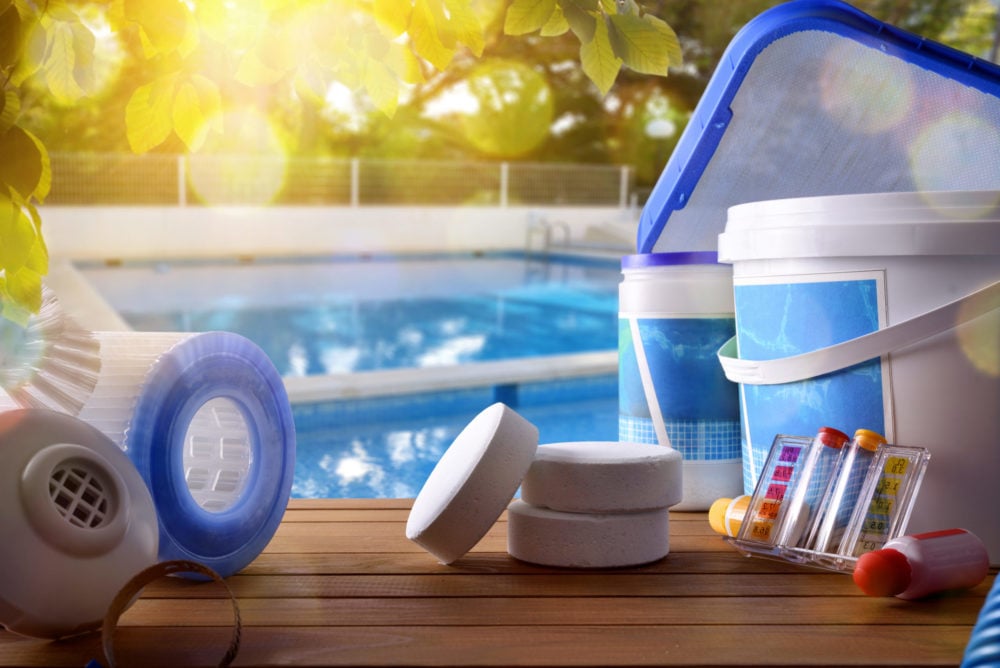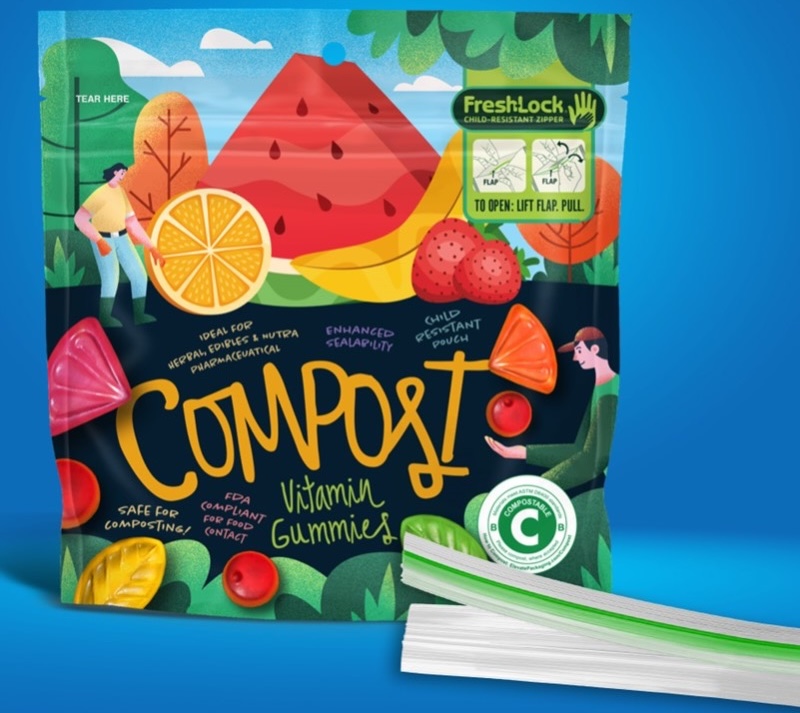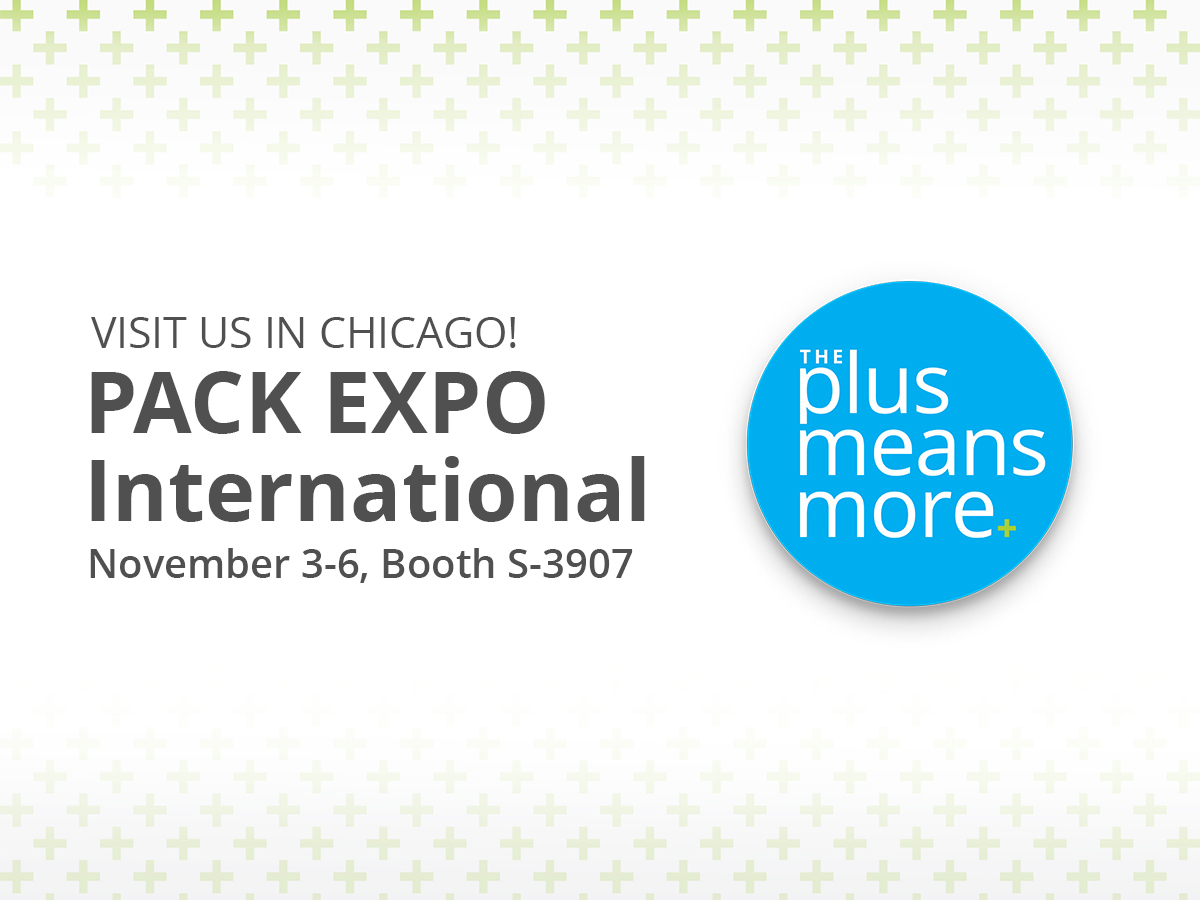
Reducing Waste from the Start: Optimizing the Package’s Lifecycle
As the consumer outcry for sustainability grows, CPG brands have found their eco-friendly efforts must also expand. While brand managers and engineers continue to explore new ways to incorporate or enhance sustainability practices, they may not know where to begin or have already become overwhelmed by the process as a whole.
Often, the best way to identify opportunities for sustainable packaging improvements is by looking at the very start of your operation and creating efficiencies out of the gate. By starting with design and considering each phase of a package’s life, brands can efficiently and effectively make strides toward sustainability through waste reduction and material recovery.
Rethinking Design – Component by Component
A recent survey conducted by Accenture found that 83% of respondents believe it’s important or extremely important for companies to design products that are meant to be reused or recycled. It’s important for brands to consider how packaging can fit into the circular economy’s “make, use, reuse, remake, recycle” model.
By considering each component of the package, brands can determine where improvements can be made and design waste out before ever starting production. Finding suppliers and partners with similar sustainability goals can also help you create more sustainable packaging.
This was the case of Bear Naked® granola, a Kellogg Company product. The brand was ready to explore ways to create a fully recyclable flexible pouch. However, they knew the process wouldn’t be simple and would require the buy-in and support of several industry partners.

In order for the flexible pouch to be fully recyclable and successful, each element of the pouch had to meet individual requirements for package functionality, product protection, and recyclability. This meant the film, resins, inks, and closure all needed to be considered both as individual elements and as a combined unit.
After an 18-month journey with several industry partners, Bear Naked® granola successfully introduced a fully recyclable flexible pouch to store shelves. Zipper style 8113 from the Fresh-Lock® 8000 Series is featured on the pouch. The 8000 Series closures are specifically designed for compatibility with sustainable films, an attribute that few other closures have achieved. As a bonus, these closures also have enabled faster packaging machine speeds and reliable sealing, helping reduce waste and energy consumption during manufacturing.

Fresh-Lock® zipper style 8113
The Bear Naked® granola pouch project showcases not only the importance of considering sustainable product design but also creating strong partnerships. By joining forces with environmentally conscious packaging leaders, Bear Naked® created a new, sustainable solution that benefits the brand, consumers, and all manufacturers involved.
Making Strides in Manufacturing
Another key step in enhancing your green initiatives is identifying opportunities to implement the circular economy within your manufacturing processes. Are there certain areas that typically produce more waste than others? Have you explored ways to reduce waste or properly dispose of leftover materials? Is your equipment operating as effectively and efficiently as possible? Taking a closer look at the production floor can help to optimize your operation and reduce unnecessary waste and energy consumption.
Source reduction in packaging also presents a major opportunity for brands, and it’s a benefit that flexible packaging inherently offers. Not only is less material used to produce the pouch, its lightweight format also means less energy is needed to manufacture the packaging and there is a reduction in carbon emissions from transportation compared to rigid packaging. Choosing flexible packaging as your format of choice will help lead to improved efficiencies from the get-go.
Brands can also turn to their suppliers when exploring ways to reduce waste and optimize manufacturing. Some may have initiatives already in place that can benefit CPG brand operations. The Fresh-Lock® Green Spool Program is a great example of this.

The program provides options for zipper spool reusability or recyclability, which allows companies to reduce plastic waste. For every spool returned, washed, and reused, manufacturers receive a $1 credit toward future purchases. If a spool cannot be reused, it is disassembled and returned to the Fresh-Lock® plant where it is recycled into new, single-use spools, preventing it from ending up in a landfill. Plus, the Fresh-Lock® brand pays all shipping costs, which means manufacturers incur no expense.
Conveying Sustainability to Consumers
As brands continue to transition to sustainable packaging options, they also need to effectively communicate the benefits to consumers through packaging. Brands that take advantage of eye-catching graphics and clearly convey an eco-friendly message on packaging will likely have an advantage on store shelves, making a greater impact on consumers’ sustainable buying habits. Plus, it can also help ensure flexible pouches are properly disposed of.
For example, the How2Recycle standardized labeling initiative provides consumers with simple and concise instructions on how to properly dispose of packaging after they’re finished with a product. This helps to avoid confusion that can end with recyclable packages in landfills. Making the decision to prominently incorporate the How2Recycle label right away means waste reduction later at the hands of your consumers.
Starting Your Sustainable Mission
By making sustainable strides from the design phase on and reviewing existing manufacturing efforts, brands can meet consumer demands while also reaping the benefits. Nielsen expects sustainably minded U.S. shoppers to spend up to $150 billion on sustainable CPG goods by 2021, proving there’s great opportunities for those willing to take the time and effort.
Ready to make a change, but not quite sure where to begin? Learn more when you view our exclusive on-demand webinar, Growth in Green: Opportunities in Sustainable Flexible Packaging. Or, contact the Fresh-Lock® team today.

 Back to Blog
Back to Blog

